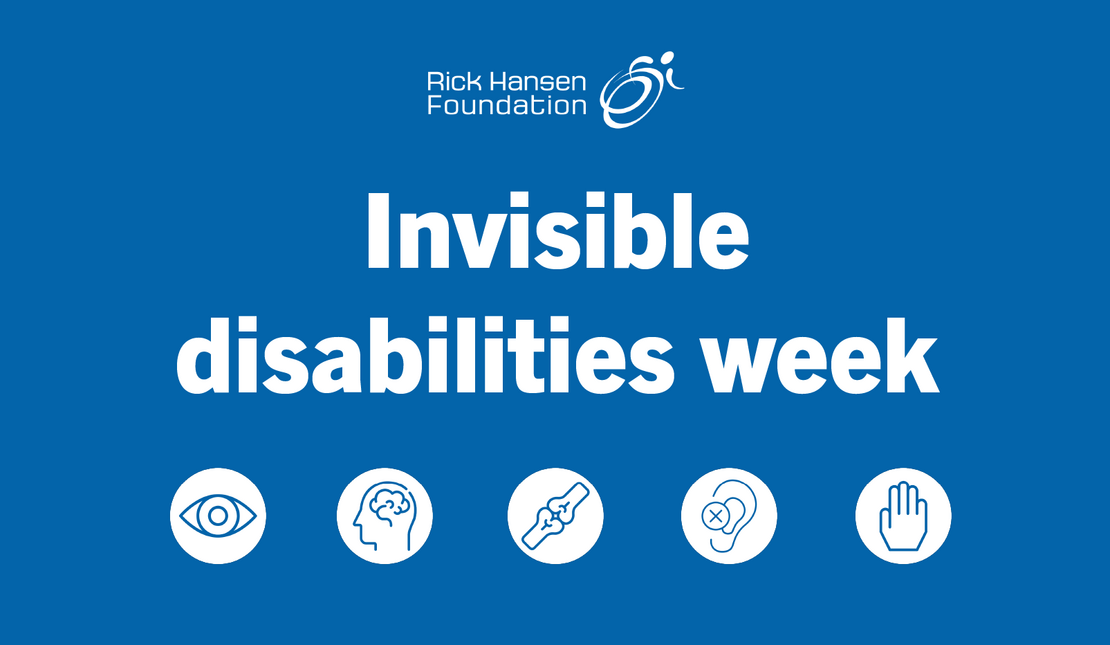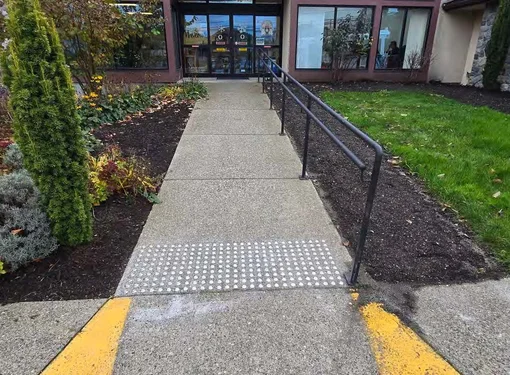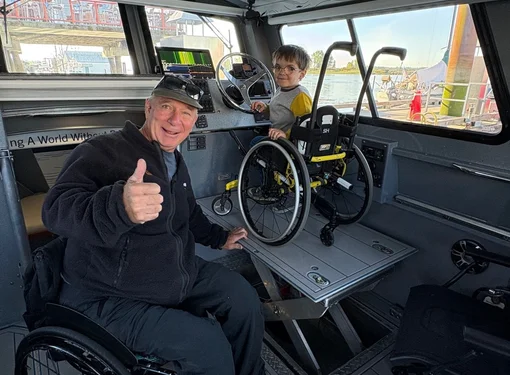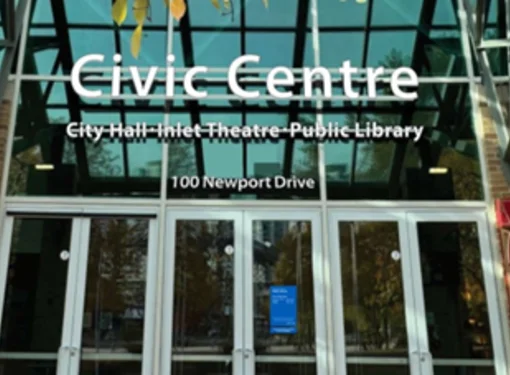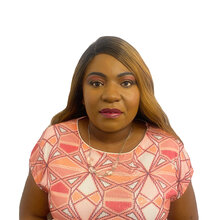Shedding Light on Invisible Disabilities: Building Understanding and Inclusion
Every October, Invisible Disabilities Week invites us to recognize conditions that may not be visible but are very real. Across Canada and around the world, millions of people live with long-term challenges, like chronic pain, fatigue, anxiety, diabetes, or post-traumatic stress, that affect their daily lives. These experiences often go unseen, but they deserve to be understood.
When disabilities are hidden, they are often misunderstood or overlooked. That’s why awareness is important. It helps build communities that are more patient, inclusive, and supportive.
What Are Invisible Disabilities?
The Invisible Disabilities Association defines an invisible disability as a physical, mental, or neurological condition that limits a person’s movements, senses, or activities but is not immediately obvious. The key message is simple: just because you cannot see someone’s condition does not mean it is not real.
In Canada, about one in four adults lives with a disability that affects their daily activities. Many of these, like chronic pain, mental health conditions, or autoimmune diseases, are not visible. Disability is not always something you can recognize at first glance. Looking beyond appearances helps us treat each other with empathy and respect.

A Wide Range of Experiences
Invisible disabilities come in many forms. They include chronic illnesses like fibromyalgia or Crohn’s disease, neurological differences such as ADHD or brain injury, sensory conditions, and mental health challenges like depression or PTSD.
Because these conditions are not visible, people often face unique struggles. Some hesitate to share their diagnosis at work or school, fearing disbelief or stigma. Others may seem to be doing fine while quietly managing pain, fatigue, or anxiety. These conditions affect energy, focus, and comfort in ways that are not always obvious, although they are real.
Barriers and Paths to Inclusion
People with invisible disabilities often face several types of barriers:
- Attitudinal barriers: These include assumptions or disbelief. Comments like “you look fine” or “everyone gets tired” can make someone feel dismissed and reluctant to ask for help.
- Physical and digital barriers: Noisy spaces, long hours without breaks, or websites that are hard to navigate can make participation difficult. Accessibility can be as simple as having quiet spaces, flexible schedules, clear communication, and inclusive technology.
- Systemic barriers: These show up in workplaces, schools, and policies that expect everyone to function the same way. When systems are designed without input from people with disabilities, they can unintentionally exclude.
In the workplace, many people hesitate to disclose their condition for fear of being treated differently. Inclusive environments are built when employers encourage open conversations, offer flexible arrangements, and focus on understanding. Simple changes like having quiet rooms, remote work options, or flexible hours can make a big difference.
Digital inclusion is also essential. Online forms, videos, and platforms should be designed to work for everyone, including those who use assistive technology or experience cognitive fatigue.

The Power of Awareness
Education and awareness are powerful tools. When we learn about different kinds of invisible disabilities, whether chronic illnesses, neurodivergence, or mental health, we replace stigma with understanding. This helps develop a culture where people feel safe asking for support.
Inclusion truly starts with asking, “what would help you participate fully?” and making adjustments that allow people to share their strengths. When we do this, teams become more creative, schools more adaptable, and communities stronger.
Importance of Invisible Disabilities Week
Invisible Disabilities Week is a moment to reflect and take action. The 2025 theme focuses on creating visible change for invisible conditions. It encourages organizations, schools, and communities to listen, learn, and take simple steps toward accessibility and inclusion, as we all have a role to play. Starting conversations, inviting people with lived experiences, and offering flexibility are practical ways to support people with invisible disabilities. Using respectful language and listening without judgment helps others feel safe to share. It takes awareness, kindness, and a willingness to ask, “how can we make this space work for you?”
A Shared Vision of Inclusion
Imagine a workplace where flexibility is part of the culture, a school where students can learn in ways that match their energy and focus, or a community where people are believed when they share their challenges. These changes build inclusion, belonging, and wellbeing.
Always remember that everyone’s story is different. By looking beyond what we can see, we open the door to compassion and collaboration. Awareness often leads to understanding, and true understanding leads to inclusion.
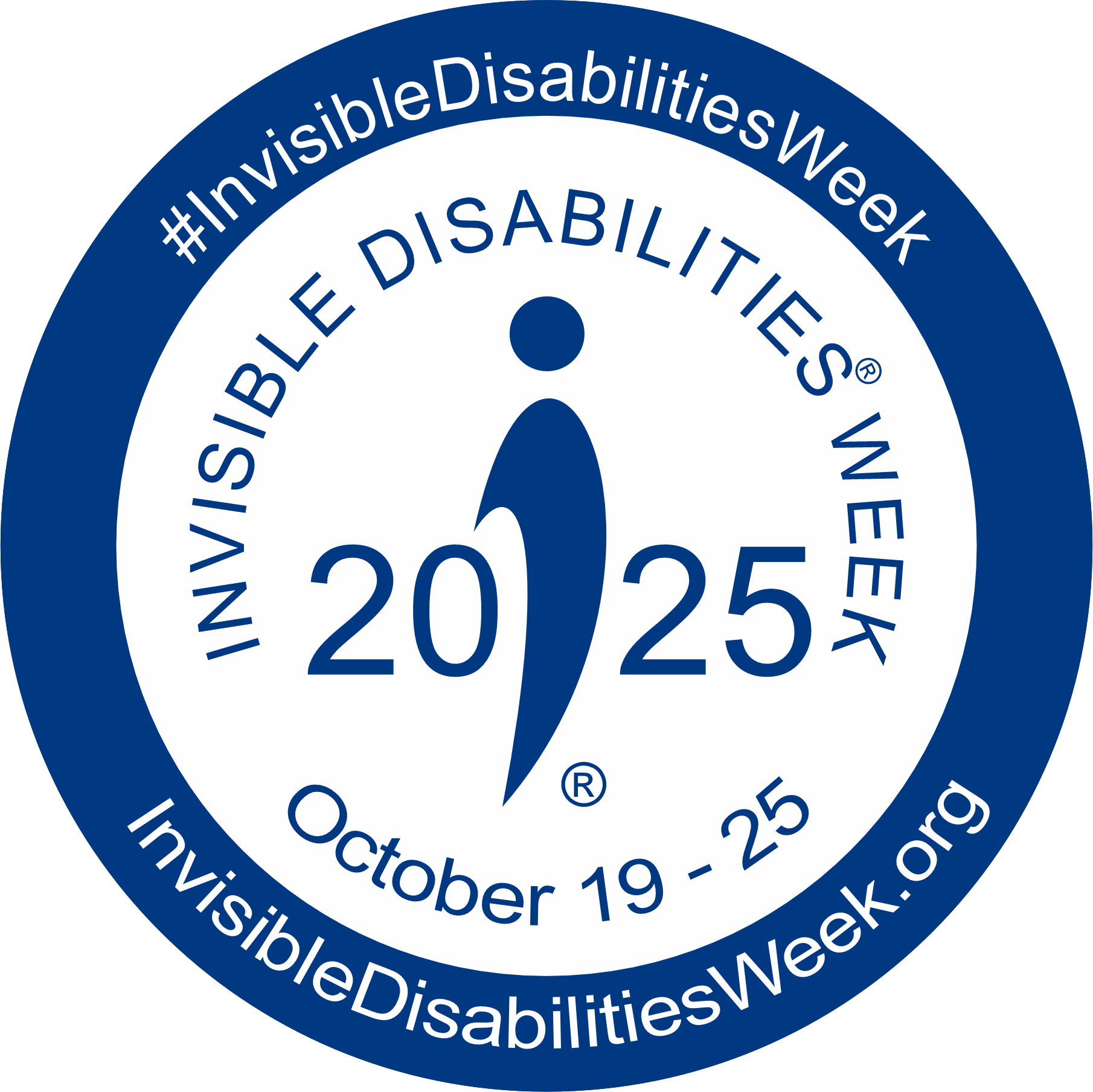
Further Reading
Invisible Disabilities Association – Invisible Disabilities Week 2025
References
Invisible Disabilities Association. (2025). Invisible Disabilities Week. Retrieved from
Statistics Canada. (2023). Canadian Survey on Disability. Retrieved from
invisibledisabilities.org
www150.statcan.gc.ca
project-sleep.com
